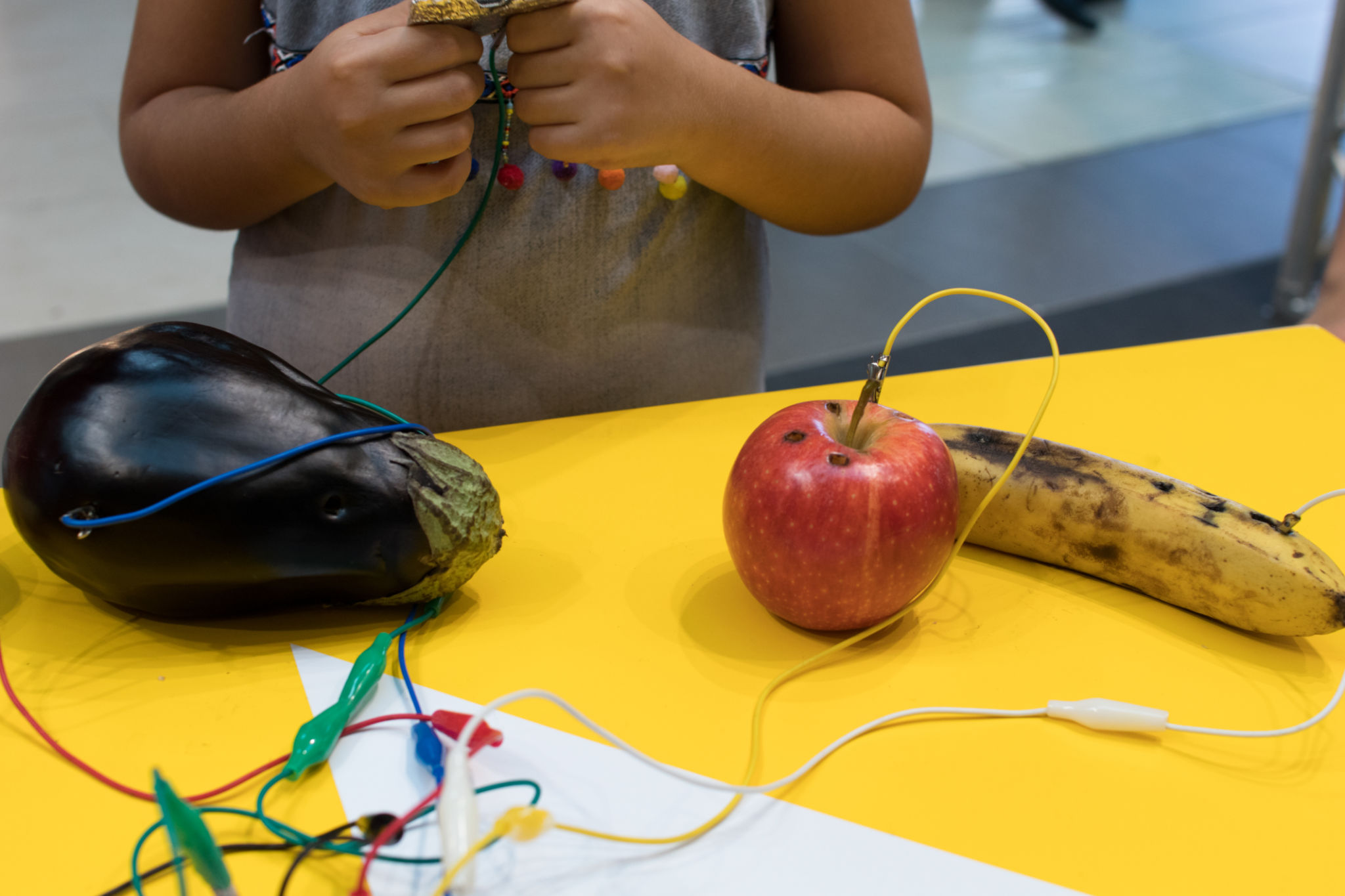The Ultimate Guide to Setting Up a Makerspace in Your School
Introduction to Makerspaces
Makerspaces are dynamic environments where students can engage in hands-on learning through creativity and innovation. By setting up a makerspace in your school, you provide students with opportunities to explore science, technology, engineering, arts, and mathematics (STEAM) in a practical and engaging way. This guide will walk you through the essential steps to establish a successful makerspace that will inspire students to become creators and problem solvers.

Understanding Your Goals
Before diving into the setup, it's important to define the purpose and goals of your makerspace. Consider whether it will focus primarily on engineering projects, artistic endeavors, or a combination of multiple disciplines. Knowing your objectives will help in making informed decisions about the design, equipment, and activities to include.
Planning the Space
Choosing the right location is crucial. Ideally, the makerspace should be in a central area accessible to all students, with sufficient room for various activities. Ensure it has adequate electrical outlets, ventilation, and lighting. Consider the layout carefully, allowing for flexible workspaces that can accommodate both individual and group projects.

Essential Equipment and Supplies
While the specific tools required may vary based on your goals, some basic equipment is essential for most makerspaces:
- 3D Printers: These are invaluable for prototyping and bringing student designs to life.
- Electronics Kits: Arduino or Raspberry Pi kits can introduce students to programming and electronics.
- Hand Tools: Hammers, screwdrivers, pliers, and other basic tools are necessary for construction projects.
- Craft Supplies: Include a variety of materials like paper, fabric, glue, and paints for artistic projects.
Creating an Inclusive Environment
It's vital to create an inclusive space where all students feel welcome to explore their creativity. Consider incorporating diverse materials and tools to cater to different interests and skill levels. Encourage collaboration and peer learning by setting up group activities and projects.

Funding Your Makerspace
Funding can be a major hurdle when setting up a makerspace. Explore various funding options such as school budget allocations, grants from educational foundations, crowdfunding campaigns, or partnerships with local businesses. Look for community support by involving parents and local organizations in your initiative.
Training and Support
Providing proper training for both students and teachers is essential. Organize workshops and training sessions to familiarize faculty with the equipment and safety protocols. Encourage teachers to integrate makerspace activities into their curriculum to enhance learning across subjects.
Evaluation and Improvement
Finally, regularly evaluate the effectiveness of your makerspace. Gather feedback from students and teachers to identify areas for improvement. Stay updated with the latest trends in education technology to keep your makerspace relevant and engaging.
By following these steps, you can create a vibrant makerspace that empowers students to innovate and learn through hands-on experience. With creativity at its core, a well-equipped makerspace can transform the educational experience for both students and educators alike.
